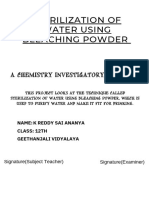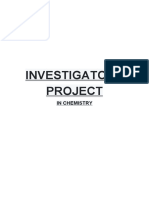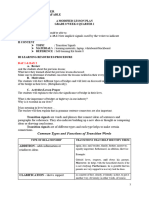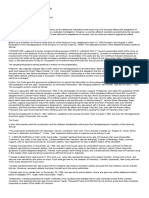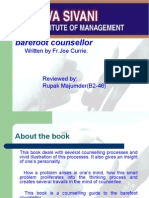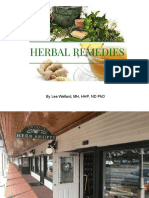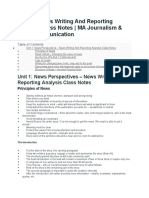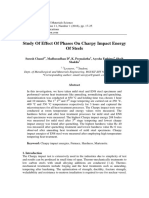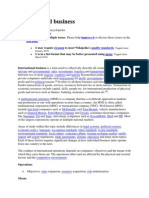0% found this document useful (0 votes)
4 views9 pagesSterilization
The document discusses the critical importance of access to clean drinking water and the use of bleaching powder (calcium oxychloride) as an effective method for water disinfection. It outlines the procedure for sterilizing water, including the necessary materials, dosage, and testing for residual chlorine to ensure safety. The project aims to educate about safe drinking water practices, particularly in areas with limited access to advanced purification systems.
Uploaded by
coolboys2277ureCopyright
© © All Rights Reserved
We take content rights seriously. If you suspect this is your content, claim it here.
Available Formats
Download as DOCX, PDF, TXT or read online on Scribd
0% found this document useful (0 votes)
4 views9 pagesSterilization
The document discusses the critical importance of access to clean drinking water and the use of bleaching powder (calcium oxychloride) as an effective method for water disinfection. It outlines the procedure for sterilizing water, including the necessary materials, dosage, and testing for residual chlorine to ensure safety. The project aims to educate about safe drinking water practices, particularly in areas with limited access to advanced purification systems.
Uploaded by
coolboys2277ureCopyright
© © All Rights Reserved
We take content rights seriously. If you suspect this is your content, claim it here.
Available Formats
Download as DOCX, PDF, TXT or read online on Scribd
/ 9

















